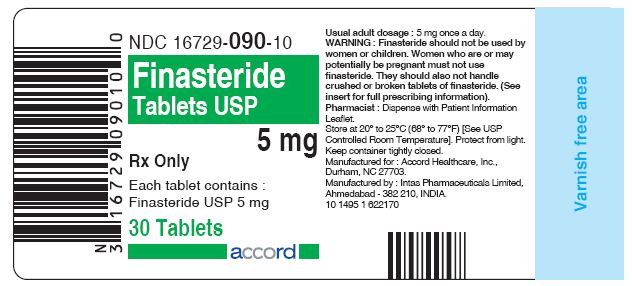Page Contents
WHAT IS IT?
Finasteride (propecia) is a 5α-reductase inhibitor (the enzyme that is responsible for converting testosterone to DHT). The role of DHT in the body depends on the age of the patient:
- Early in life: DHT is responsible for the differentiation of the penis, scrotum, and prostate
- Later in life: prostate growth, balding, sebaceous gland activity

WHEN DO WE USE IT?
Benign prostatic hyperplasia (BPH), androgenic alopecia

WHEN DO WE AVOID USING IT?
In females who have a known or suspected pregnancy. This medication can cause harm to the fetus. Metabolized, principally in the liver via CYP3A4.
HOW IS IT ADMINISTERED?
Administered orally without regard to meals. Maximum reduction of DHT/maximum effect achieved 8 hours post administration.

WHAT ARE THE SIDE EFFECTS/TOXICITY?
Impotence, decreased libido, ejaculation disorder (decreased ejaculate volume), gynecomastia
ANYTHING ELSE TO KEEP IN MIND?
Finasteride may reduce the risk of prostate cancer, however those who do progress to prostate cancer on finasteride may have worse disease.
FURTHER READING
Page Updated: 02.17.2016